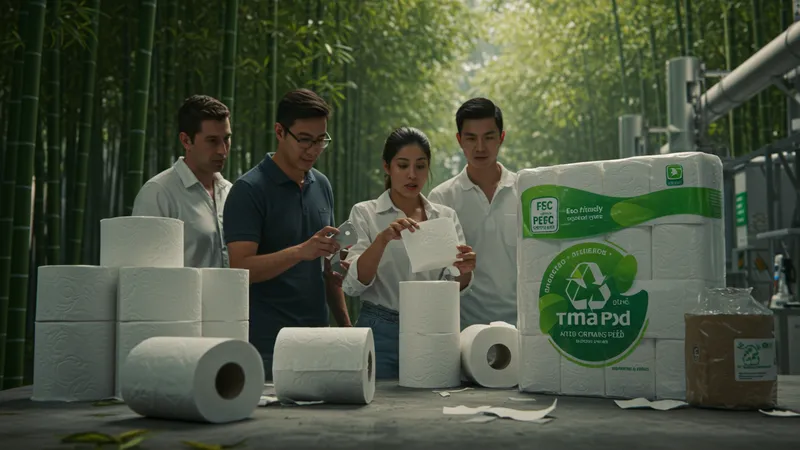
Evolution Of Toilet Paper: From Early Uses To Modern Manufacturing
Sustainability and the Future of Toilet Paper Production
Environmental sustainability is reshaping how toilet paper is sourced, manufactured, and disposed of. With rising awareness of deforestation and resource consumption, manufacturers are increasing investments in recycled fibers, alternative raw materials such as bamboo, and closed-loop water systems. These efforts are designed to reduce the ecological impact while maintaining quality and affordability.

Certifications like FSC (Forest Stewardship Council) and PEFC (Programme for the Endorsement of Forest Certification) guide both consumers and producers toward accountable practices. Brands that prioritize responsible sourcing, reduced plastic packaging, and lower emissions are gaining traction. Education campaigns also play a role, encouraging users to make informed decisions that balance comfort with care for the environment.
Biodegradable and rapidly disintegrating toilet paper options cater to the needs of modern wastewater systems, minimizing blockages and reducing the strain on municipal infrastructure. Innovative startups continue to push boundaries, exploring zero-waste packaging, hybrid materials, and life-cycle analyses that shape future product development.
As consumer demand shifts increasingly toward sustainable solutions, the evolution of toilet paper remains far from complete. The drive for greener practices positions this everyday product as a benchmark for responsible innovation, ensuring its continued relevance in a world attentive to both comfort and conservation.